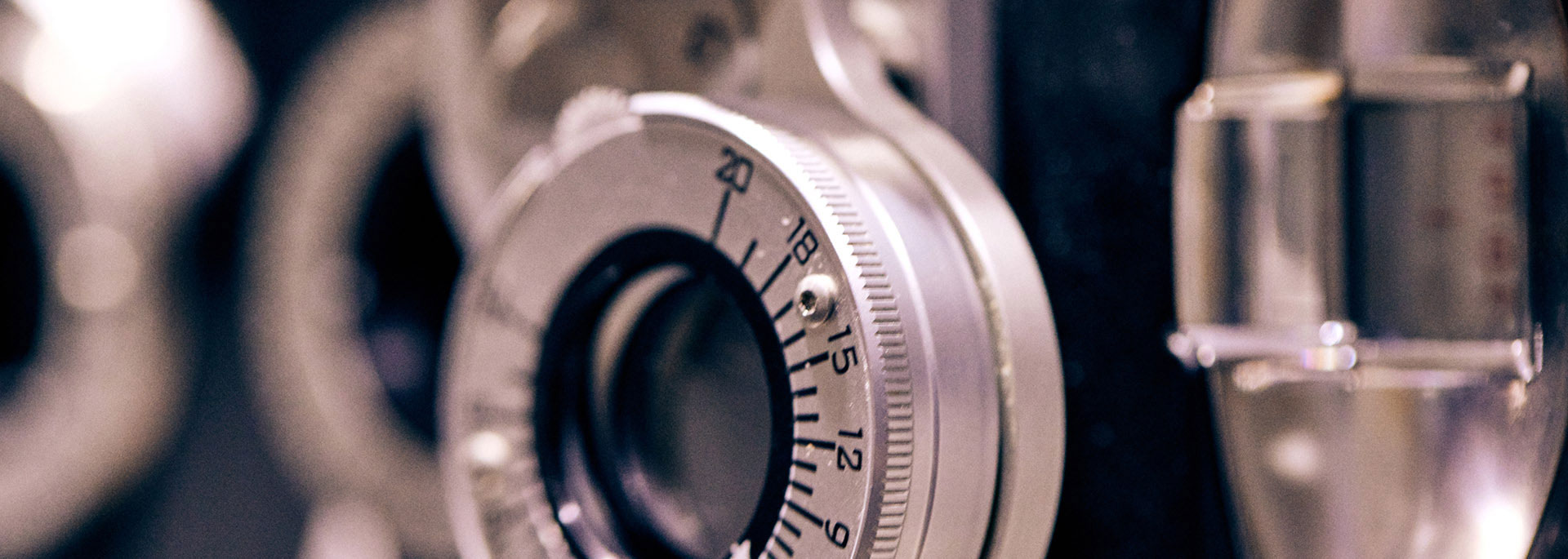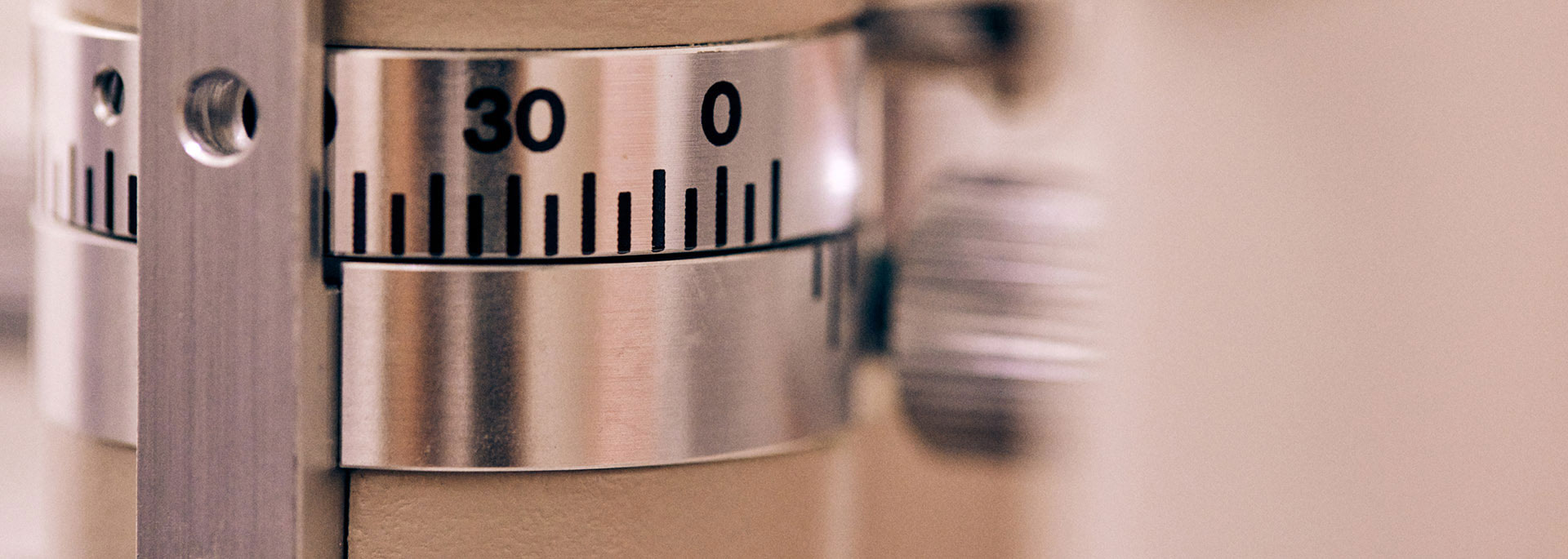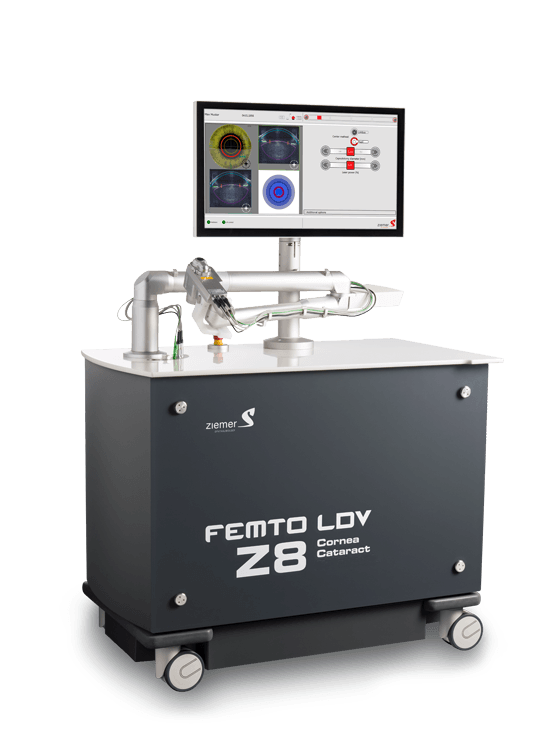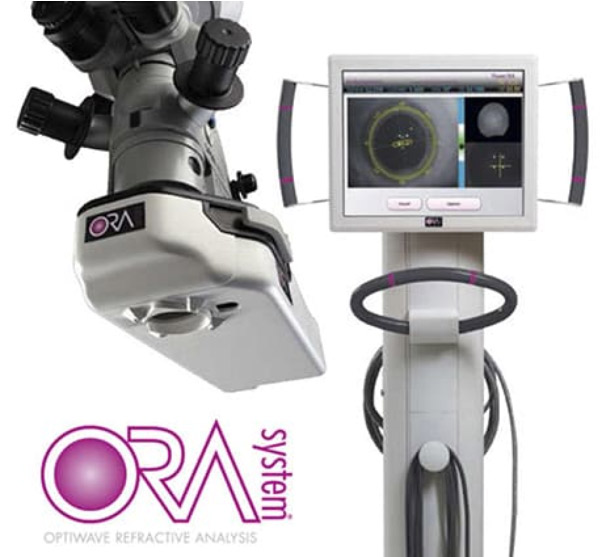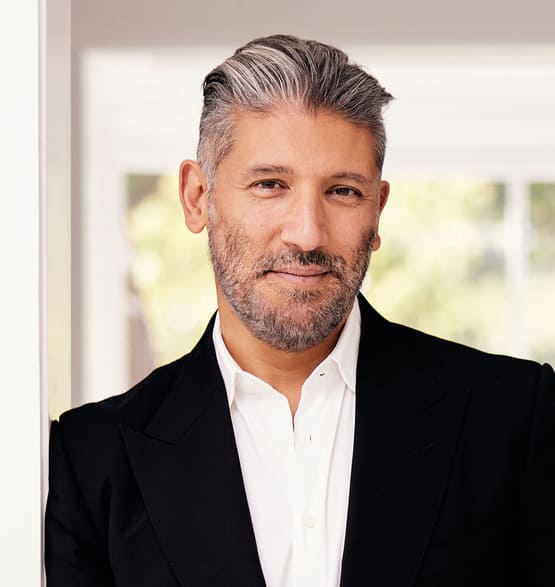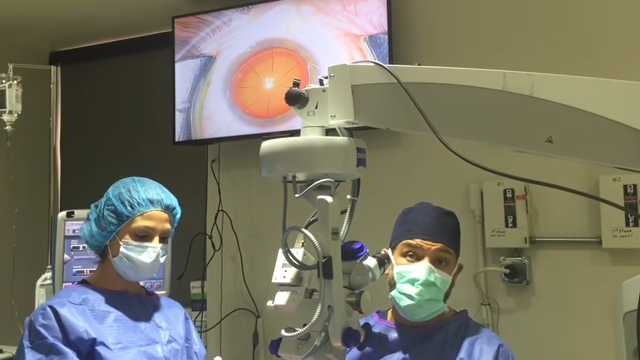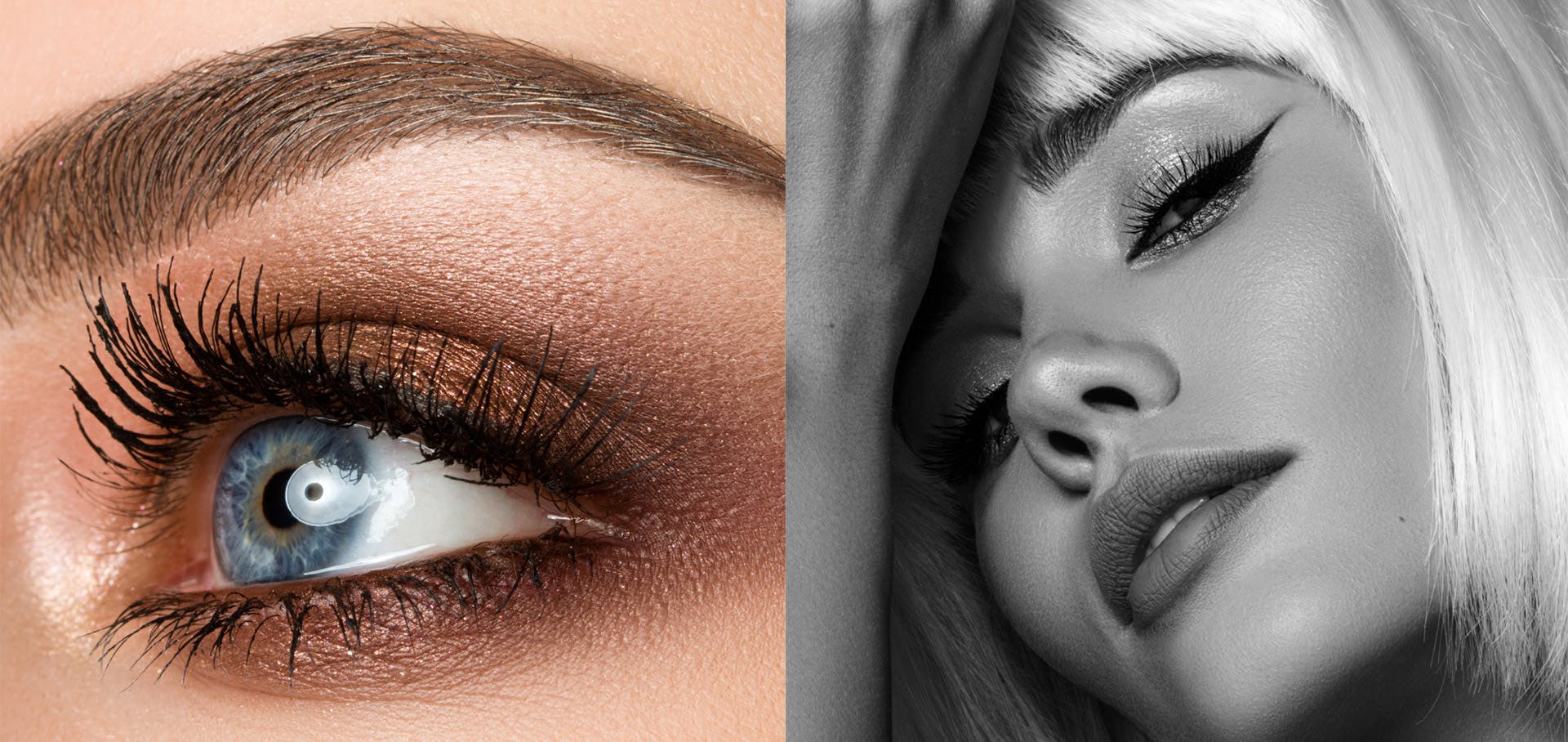At Soroudi Advanced LASIK & Eye Centers, we offer among the best eye care available worldwide.
Dr. Soroudi — World-renowned eye surgeon
Dr. Soroudi is one of the most experienced cataract surgeons in the country today. Having trained at a level-I trauma center, Dr. Soroudi first gained extensive experience in the surgical treatment of complicated cataract cases in eyes that had been badly damaged. He supplemented this invaluable surgical experience with an additional year of working as an associate in Dr. Sam Masket's practice in Century City. Working alongside and learning from the then president of the American Society of Cataract & Refractive Surgery, Dr. Soroudi honed his skills in performing advanced Cataract & "Lens-Replacement" Surgery, as well as performing "revisional" cases in patients who had complications by other surgeons (lens replacements, lens repositioning, suturing intraocular lenses to the iris, treating severe astigmatism in eyes that had already undergone cataract surgery, etc.).
Since starting his private practice in 2006, he has been performing an average of around 1000 Cataract Procedures a year, making him one of the highest volume surgeons in the state, delivering outstanding results for each and every single one of his patients, boasting a perfect record with ZERO COMPLICATIONS.
Dr. Soroudi is a world expert in implanting "premium" intra-ocular lenses in people who demand outstanding visual outcomes after Cataract/Lens-Replacement Surgery. This includes implanting lenses that simultaneously treat Astigmatism and provide for outstanding vision for Far, Near, and Intermediate distances without the need for glasses ever again. He performs this delicate operation under local anesthesia out of each of his centers in Beverly Hills, Newport Beach, and Glendale, in just under 5 minutes without using any blades!



